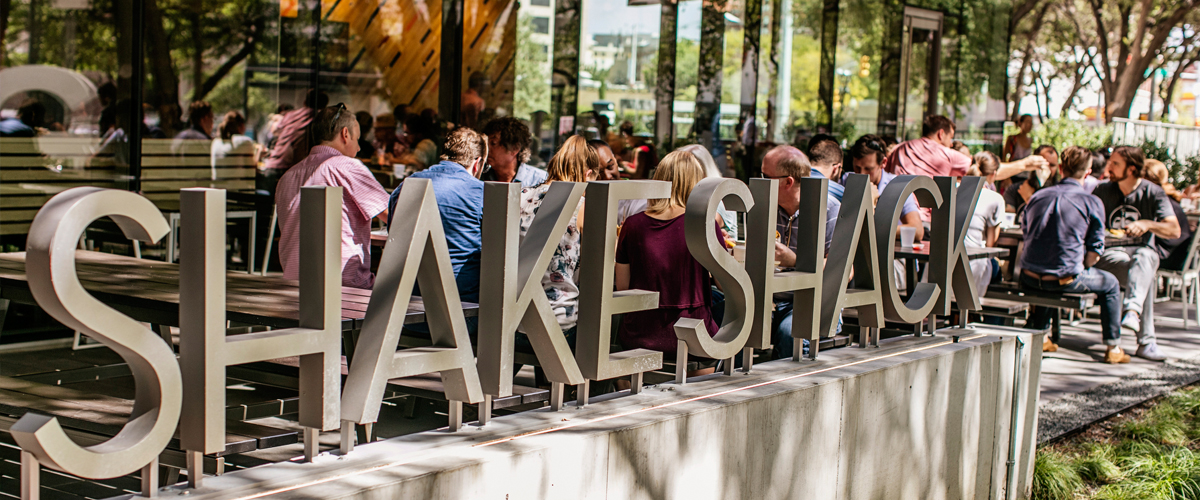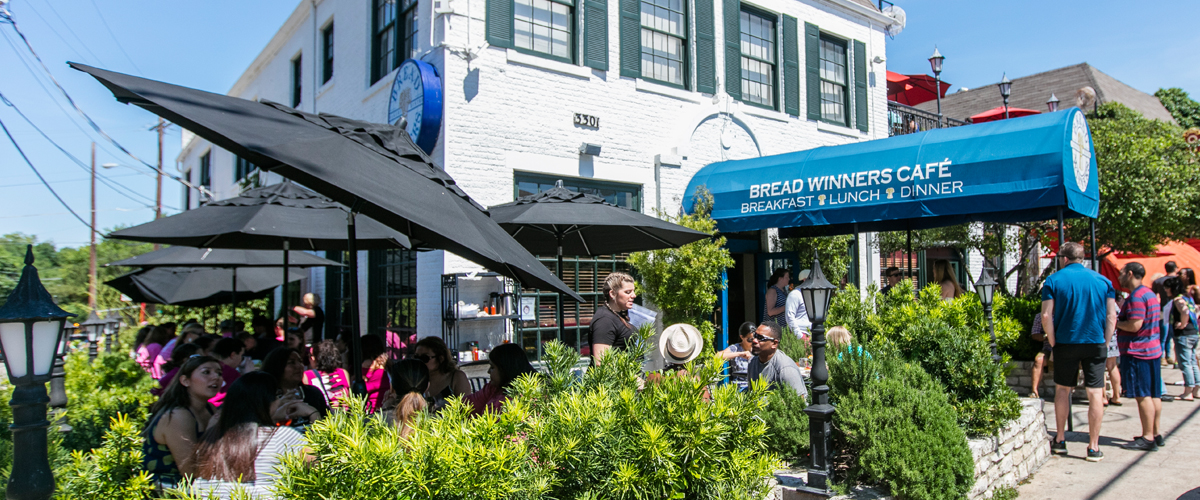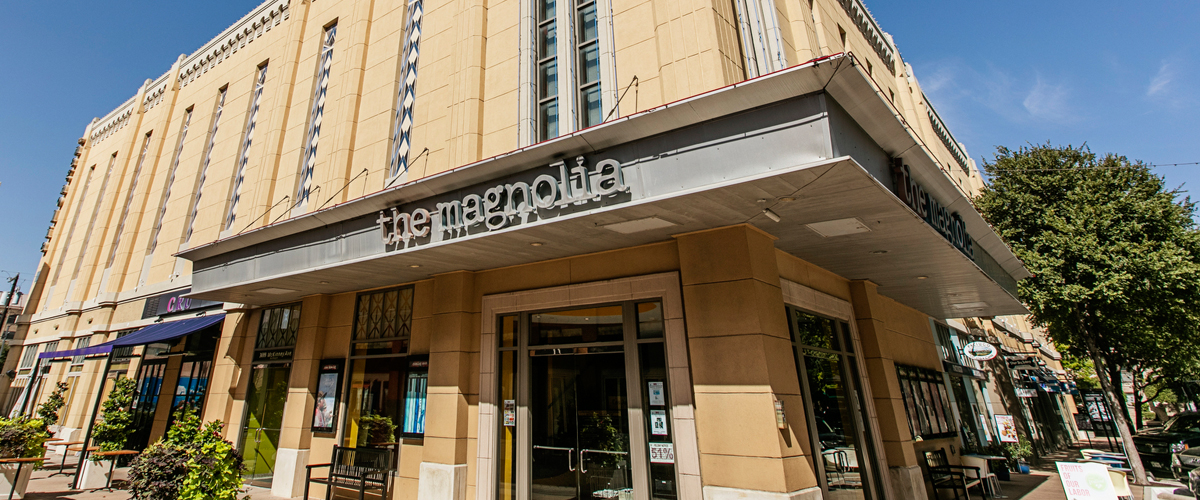Dedicated 1999
Five stunning bronze sculptures by David Newton anchor this memorial to the thousands of Africans and African-Americans buried in the Freedman’s Cemetery beginning in the 1850s. Most of the original graves were callously paved over with construction of the railroad and its successor freeway. This insult was remedied in part when the remains of roughly 1,500 people were more respectfully reinterred in the memorial grounds with the freeway reconstruction of the 1980s and 90s. Each grave was oriented with the occupant facing east, as was the cultural custom. Artifacts excavated during the process were compiled into an exhibit for the Museum of African-American Life and Culture in Fair Park.
P: 214-670-3284 D: Get Directions









 Oak Grove
Oak Grove